| Home > Living In China |
residential houses across China 2
6. Diaolou: Castle-like tower
A watchtower, or "Diaolou" built by the Qiang people in Sichuan province. Between 10 and 30 meters high, the watchtowers were normally built beside lower houses. The Qiang ancestors built them to store grain and offer shelter during wars. While in Kaiping city of Guangdong province, about 1,800 castle-like towers dot the landscape. Some of the towers date to the Ming dynasty. Others were constructed in the early 20th century and bear obvious Western influences. They received a UNESCO World Heritage Site listing in 2007.
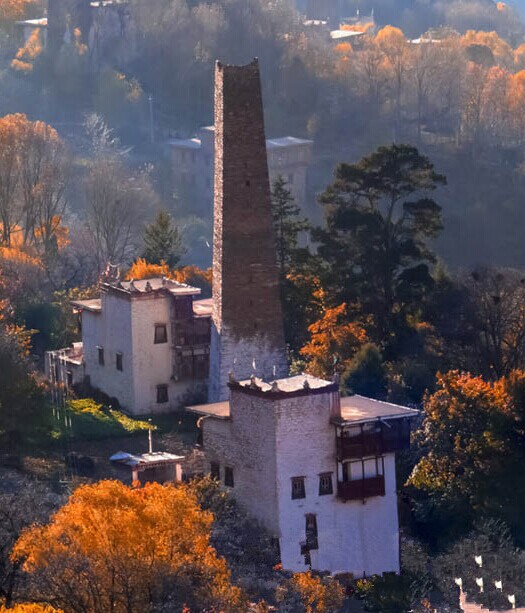
7. Diaojiaolou: Stilted houses entirely made of woods
Diaojiaolou, or stilted houses, are special residences for Tujia, Miao, Buyi and Dong ethnic groups in Hunan, Guizhou, Guangxi and other regions. Sitting high above ground, the design is meant to avoid insects and animals.
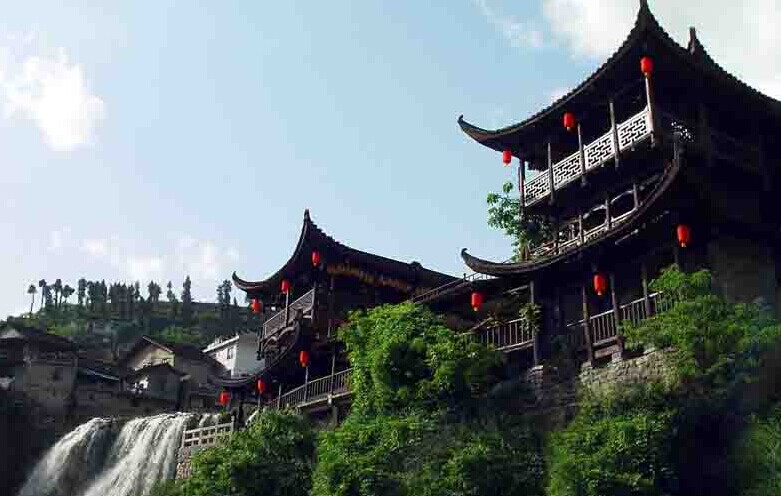
8. Tuzhangfang: traditional residential building of the Yi ethnic group
Tuzhangfang, or earthen homes of the Yi ethnic group, look like Tibetan stone-houses but their walls are made of earth beaten hard while under construction. Its flat roof is also used for drying items. Most of these houses are found in central and southeast Yunnan. The house in the photo consists of three to five rooms. The central room has a fire-pit and is the gathering spot both for family members and guests.
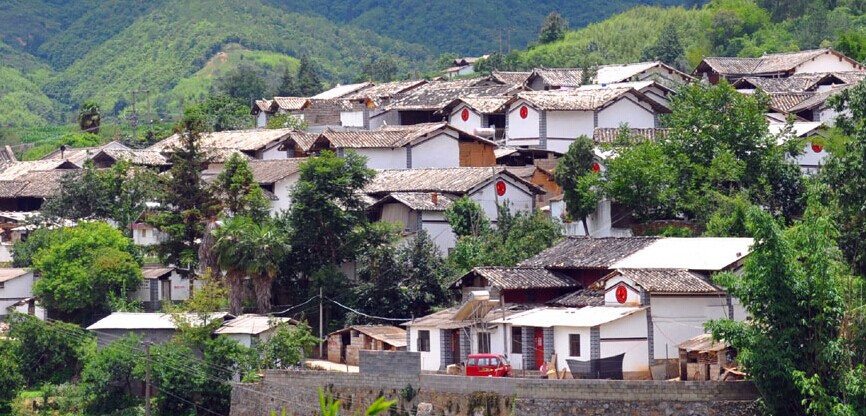
9. Bamboo building: Tropical loft in the rainforests
The bamboo building of the Dai ethnic group is the stilt style building that takes bamboo as the main construction material. The buildings of this kind are mainly distributed in Yunnan province. The stilt style building is conducive for avoiding insects, snakes and beasts; they are also damp-proof and well ventilated. Besides, the empty room below can be used as a store house or for poultry homes.
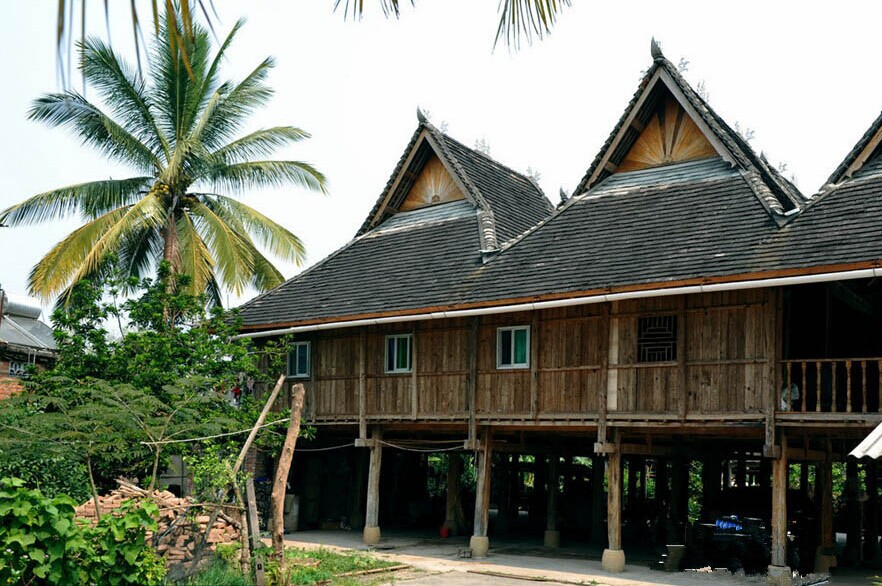
10. Water town: House of dreams for all
Zhouzhuang near Suzhou in Jiangsu province is one of the few places where one can experience the life of a typical Chinese water town. The traditional residences in the town, mostly built in the Ming and Qing dynasties (1644-1911), flank the winding waterways. Many of them are well-kept and have preserved their original appearances, with white walls and black-tiled roofs.
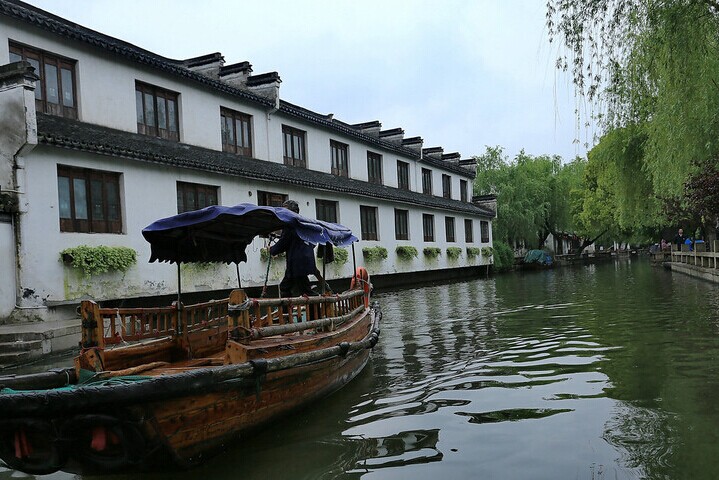
Custom
 more
more




 print
print  email
email  Favorite
Favorite  Transtlate
Transtlate 







